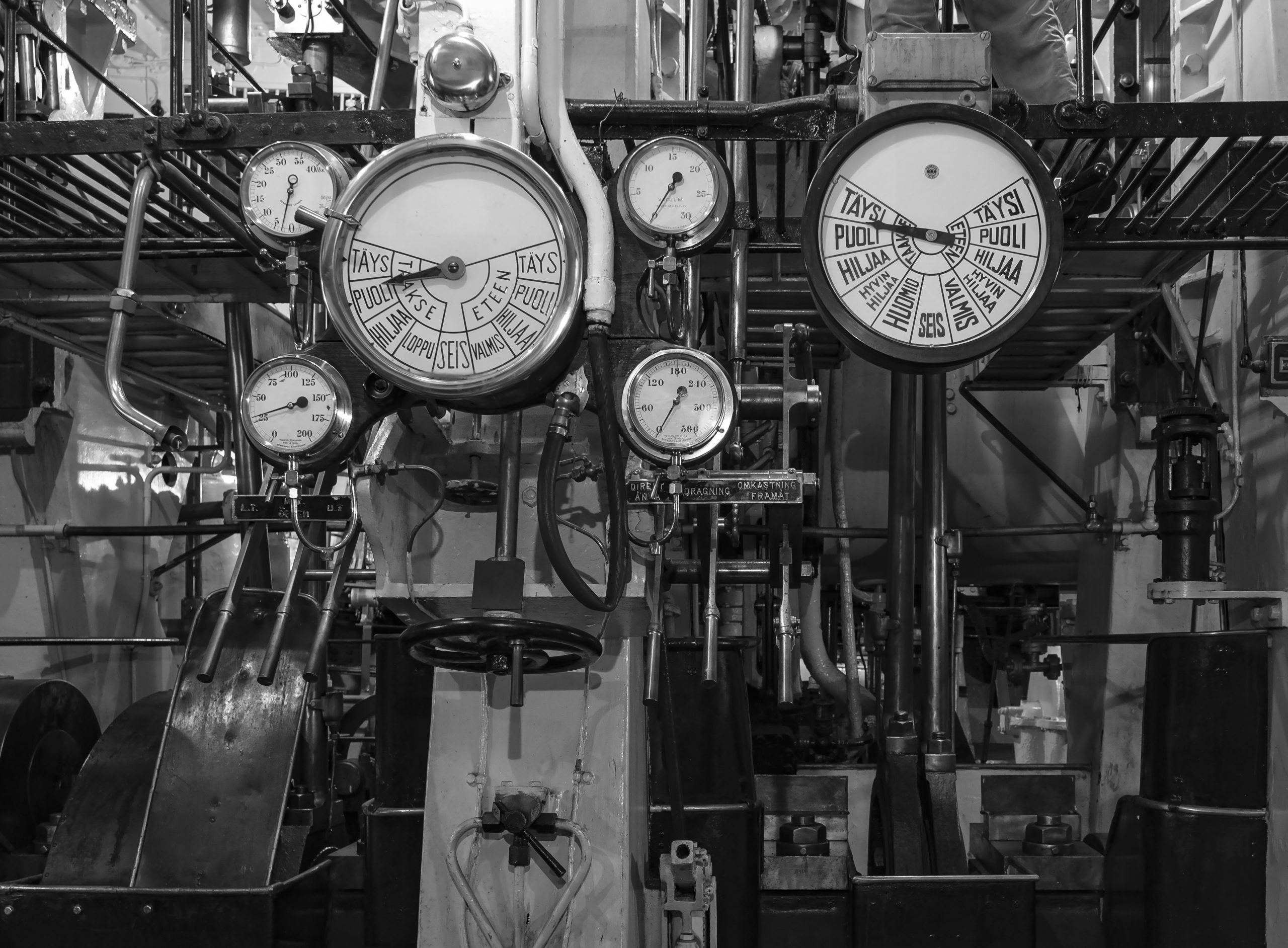
‘Spare’ a Thought for Hindsight
Hindsight is a powerful tool for creating an effective asset management strategy. However, hindsight itself is not a strategy. As consultants of choice for manufacturers, we often work with clients who have almost no inventory of critical spare components for their assets and machinery. Here are a few recurring phrases we hear on the shop floor:
“Maintenance is seen as a cost centre, rather than a value creator.”
“The maintenance budget is too heavily focused on repairs, wages, salaries and undertaking compliance related activities.”
“The part required should be available when, and where it is needed at the right cost.”
“The spares may never be used, so what’s the point?”
These are all very valid. Yet few businesses understand the true cost of not holding critical spares and the resulting additional downtime. This can include loss of production, priority ordering and delivery expediting fee and special delivery costs for overseas parts (such as airfreight and ‘cash & carry,’ etc.)
From a non-tangible perspective, there could be expired stock due to an inability to undertake processing, lack of stock on hand for delivery, risking reputational damage as well as poor employee morale from a continuous firefighting culture.
So, does the risk of these costs justify not spending the necessary capital required to hold stock of critical spares? Let’s consider the benefits:
- Reduction in Mean Time to Repair (MTTR) resulting from improved maintenance response times.
- Improved DIFOT
- Reduced operator overtime
- Improved Overall Equipment Efficiency (OEE).
- Employee morale improves as staff and workforce focus less on firefighting activities and more on other value adding activities, such as major projects and planning.
Case Study:
Pollen recently undertook analysis of the critical spares holding for a major food and beverage processor. The client had low- to-no holding of critical spares inventory. Many of the parts required were held overseas and before COVID, would be flown in and delivered to site by a supplier representative within 24 hours. The current macro-environment, including hotel quarantine due to COVID restrictions, and overseas supply chain impacts have created challenges for the company in responding to downtime events.
Pollen undertook a gap analysis between the company’s present holding of critical spares and those recommended by Original Equipment Manufacturers (OEMs). Working collaboratively with the maintenance and engineering team on site and their knowledge and experience on the production floor, we were able to revise this list to those items deemed critical to business continuity. In total, the analysis identified approx. $1.15m of required spares for purchase and 4,000 individual assets.
By undertaking Cost vs Benefit analysis, we determined that the current tangible cost of breakdowns per annum was approximately $600k to the business.
Whilst these metrics assist in understanding the potential ROI that an investment in critical spares may yield, this was not the focus of the business case put forward to the board. Rather, the argument for purchasing critical spares is that they are an insurance policy against plant breakdowns. They are a necessary ‘critical enabler’ that adds value by improving response times, reducing MTTR, leading to improvements in OEE and DIFOT.
In the words of Peter Drucker, “Efficiency is doing things right. Effectiveness is doing the right things.” Our Asset Advisory team is focused on ensuring that OEE and operational efficiencies increase because of improved effectiveness. i.e., Focusing on the ‘critical enablers’ in your maintenance and reliability strategy, such as critical spares, that improve business performance overall.
Don’t make hindsight a feature of your strategy, understand what critical spares your business needs and the benefit they can deliver.
Jack O’Brien; Pollen Asset Advisory